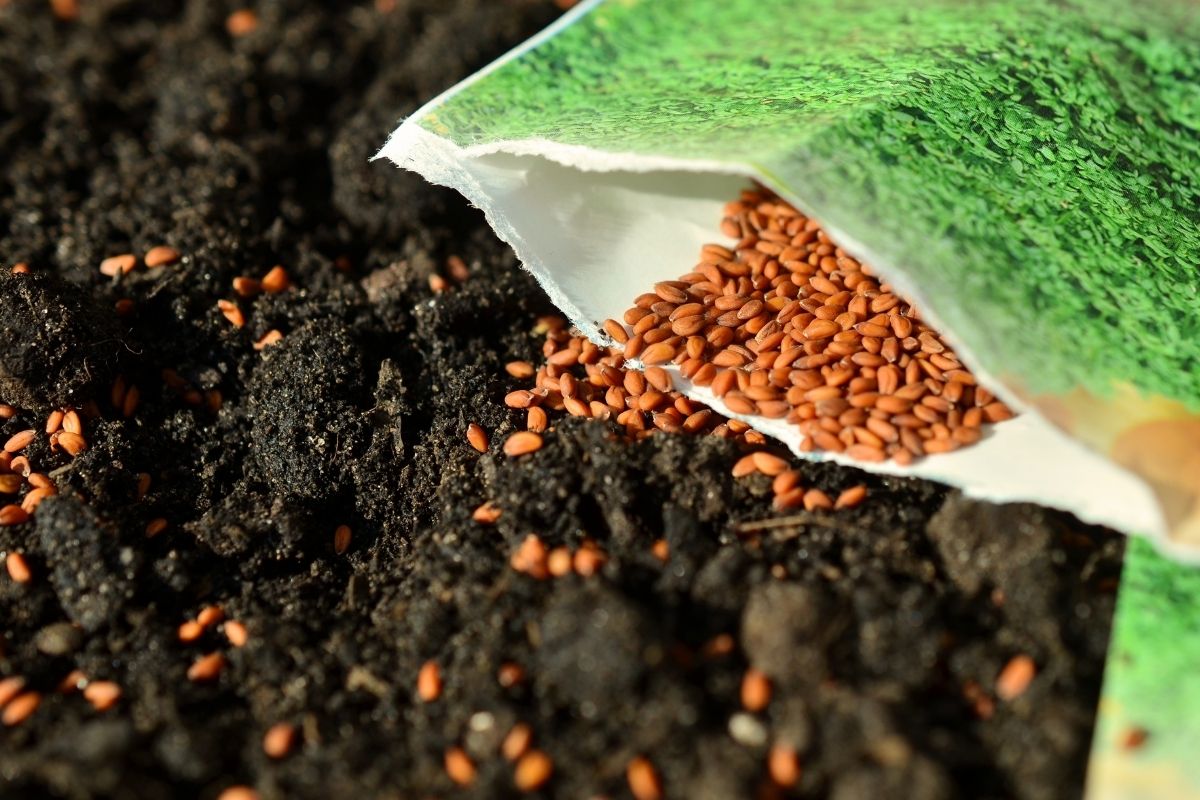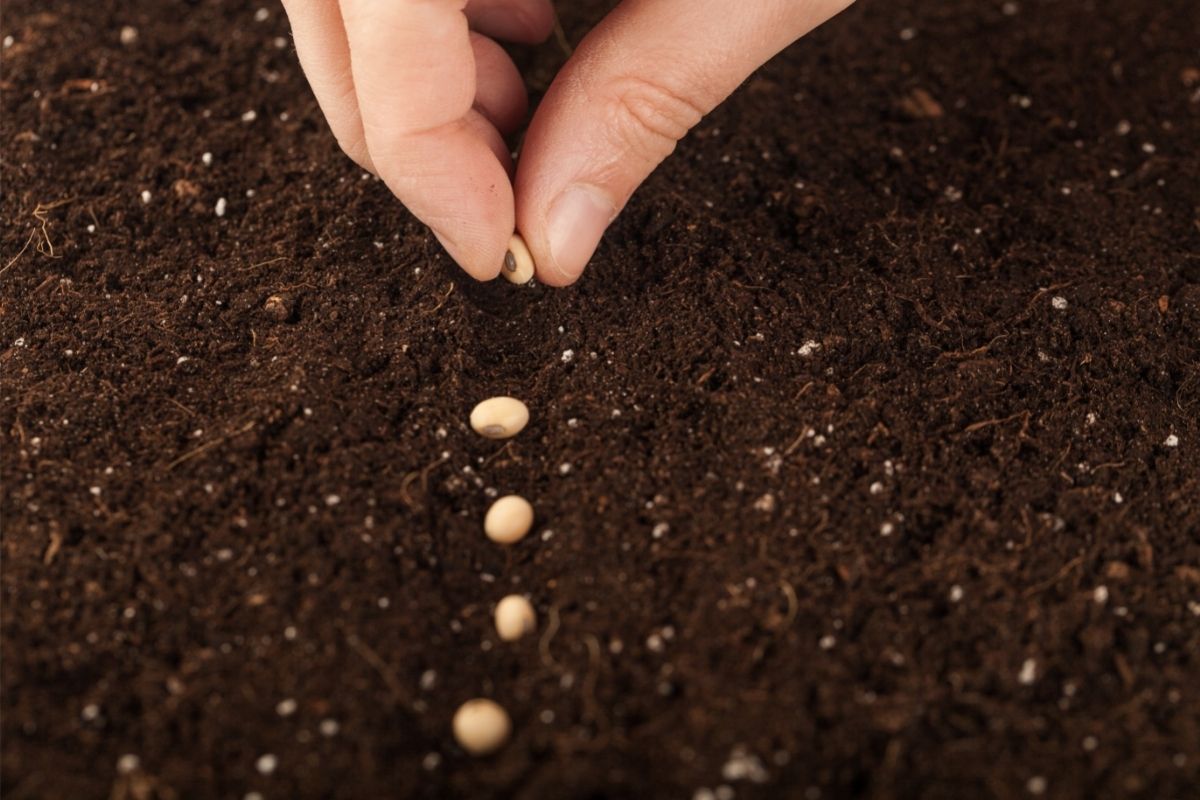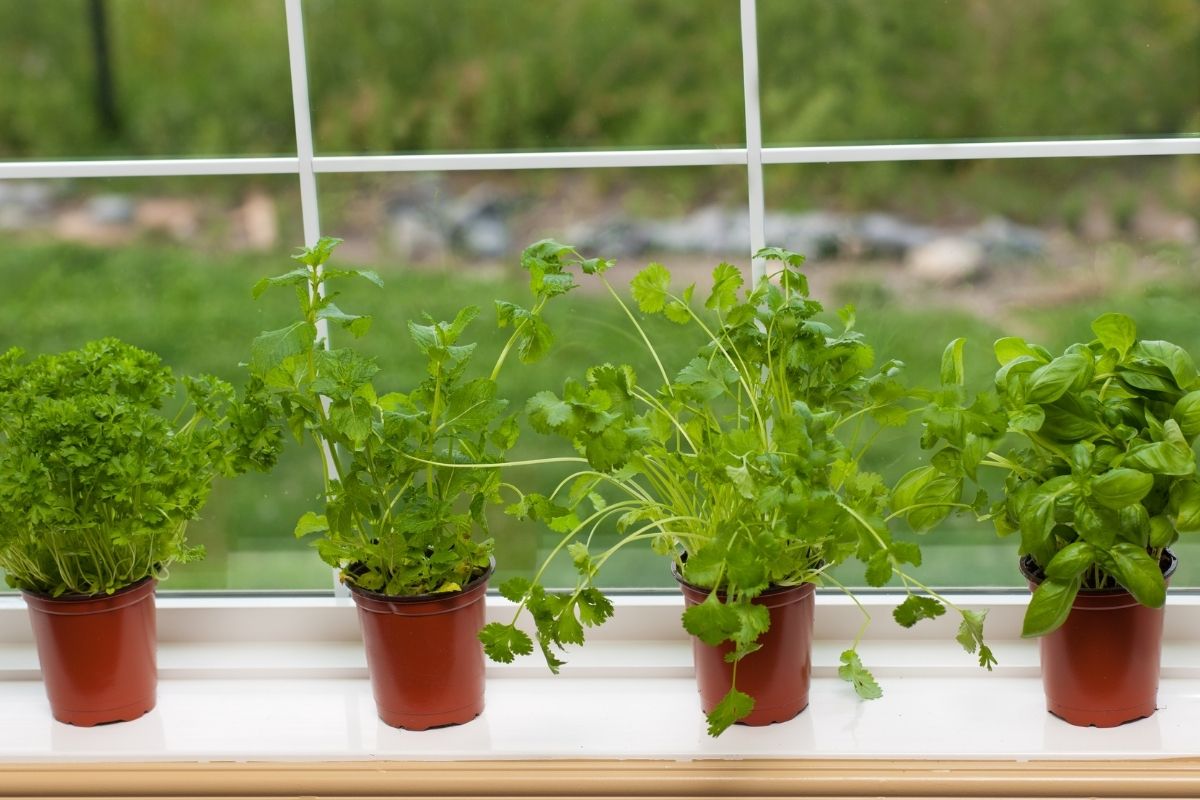Sunflowers are one of the most beautiful flowers out there. Just by looking at them, you know that summer has arrived and that is enough to bring a smile to anyone’s face.
Planting sunflowers take knowledge – you want to make sure that you are planting them in a suitable environment and are giving them just enough attention to let them thrive.
However, once your seeds have been planted and the flower has been looked after, does it need to be replanted?

Do Sunflowers Grow Back?
The answer to this question is yes and no. Sunflowers do indeed grow back by themselves however this is all dependent on which sunflower we are referring to.
There are two types of sunflowers – annual and perennial. The annual sunflowers are ones that require replanting however the perennial sunflowers do not, being able to sprout again every year.
In order to know more about the different types, we will be breaking it down for you in more detail below.
Annual Sunflowers
The annual sunflower can come in a number of different sizes, ranging from as small as 3 feet to as tall as 8 feet. You will find these flowers beginning to grow the first year after being planted and this will occur in late spring.
It is important to know how to look after the annual sunflower, both during its full growth and when planting the seeds.
With these flowers, the soil needs to be at a temperature of at least 55 degrees Fahrenheit before a seed is planted.
Annual sunflowers do not react well to cold climates so it is very important to only plant the seed once the temperature is right (this is also why we only see these sunflowers in late spring/summer).
Sunlight and heat are an annual sunflower’s necessity so it should be provided with directed with direct sunlight and shaded from the wind.
Despite everything, however, these sunflowers will not last forever. Unfortunately, the annual sunflower does not grow back every year so it is the job of the gardener to replant.
Perennial Sunflowers
Similar to annuals, perennial sunflowers are known for their tall and short stature but the one thing that sets the two apart is how they grow.
Whilst annual sunflowers only grow with one stem, perennials grow in packs that shoot out from several stems. You will find that the seed heads are small, and this is unusual to some as sunflowers are known for their large center seed head and long yellow petals.
The time for these sunflowers to bloom is early spring, sooner than the annual sunflower and their growth will be slow.
What makes the perennial sunflower so great and an ideal option for gardeners is how once its seeds have been planted it grows back on its own every year.
Types Of Sunflowers
There are a variety of types of sunflowers out there, not only limited to the annual and perennial sunflower. These each differ in height, bloom size, and style.
Some include:
Double Sunflower – These flowers can grow up to 6 feet tall and are famed for their fuzzy look and soft feel. This flower has little to no pollen.
Dwarf Sunflower – The dwarf sunflower is the smallest of the bunch, only growing up to 4 feet tall. These are great for small gardens or for cutting into flower arrangements.
Specialty Sunflower – This sunflower differs from the rest as it comes with a red tint as well as the famous bright yellow. These can grow up to 7 feet in height.
Caring For Your Sunflower

So, now you know what sets the perennial sunflower apart from the annual sunflower, you can now go and prepare to take care of your sunflower.
Sunflowers need to be maintained in order for them to grow large, bright, and strong. As long as you do these steps, you will have a healthy flower.
Water
The most important thing for the sunflower is to water them constantly. It is necessary to do this every day, especially for your tall sunflowers as these find it more difficult to recover after drying out.
Pests
Just like with all plants, the sunflower is susceptible to pests. The ones which love the sunflower the most are snails and slugs, so it is important to watch out for these.
Surround your sunflowers with slug repellent to keep them away – you can purchase this from any gardening store.
Fertilization
Sunflowers do not need to be fertilized, but the soil should be if it’s irritated. Your soil may become poor and this, in turn, affects the quality and growth of the sunflower.
Because of this, you will need to apply fertilizer to the surface of the soil to provide that needed nutrients.
Support
For tall sunflowers especially, your plant will need to be supported with a bamboo cane and tied with garden twine. This works to protect the flower from the wind as this will only lead to severe damage without it.
Yellow Leaves
As well as slugs and snails, another thing to watch out for is yellow leaves. Leaves should stay a bright green so if you do see them turn yellow this may be due to disease or fungus. It is important to remove and get rid of any infected plants.
Final Thoughts
Sunflowers come in all different shapes and sizes and with this many, it can be hard to tell one from the other.
So, do sunflowers grow back every year? Yes, but only the perennial sunflowers. Although these flowers can grow back on their own, it is still important to look after them.
Make sure to water your sunflower daily to keep them hydrated, watch out for pests such as slugs and snails, fertilize your soil if it is needed, watch out for yellow leaves and support your flower with a bamboo cane to protect from stormy weather.
So long as you are following these steps, your sunflower will be sure to grow healthy and tall.
- Best Hanging Plant For Low Light - September 4, 2023
- Best Indoor Plants Florida - August 28, 2023
- Best Plants For Bathroom Smells - August 21, 2023








